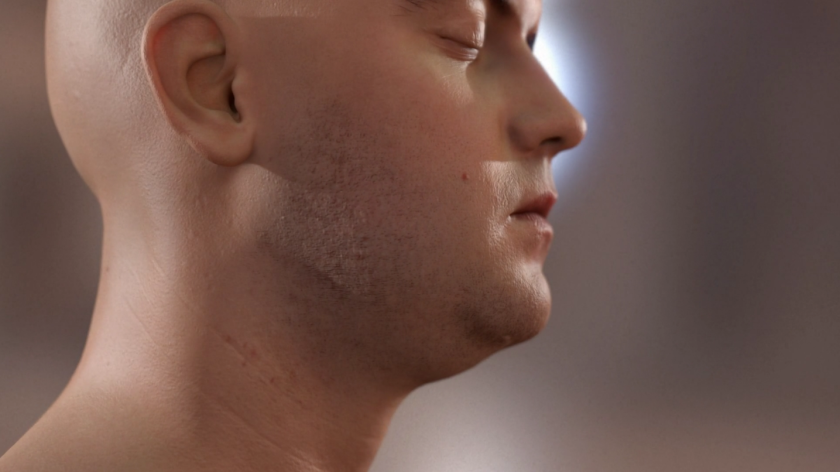

Skin cancer is a serious and challenging public health concern, with over 5 million new cases diagnosed every year in the United States (Siegel et al., 2019).

Being fast, these methods can be deployed for making a quick and effective diagnosis in actual clinic situations. Further, it can help researchers identify suitable feature extraction methods for images captured from a specific instrument. Unlike “black-box” algorithms like deep neural networks, GP models are interpretable, therefore, our analysis shows that these methods can help dermatologists identify prominent skin image features. The results reveal that these constructed features greatly help improve the performance of the machine learning classification algorithms. The performance of these GP methods is assessed using two real-world skin image datasets captured from standard camera and specialized instruments, and compared with six commonly used classification algorithms as well as existing GP methods. These features encompass local, global, texture, color and multi-scale image properties of skin images. These approaches have utilized the intrinsic feature selection and feature construction ability of GP to effectively construct informative features from a variety of pre-extracted features. This study aims at analyzing recently developed GP-based approaches to skin image classification. Unlike many machine learning approaches such as Artificial Neural Networks, Genetic Programming (GP) automatically evolves models with its dynamic representation and flexibility. However, analyzing the behaviors of algorithms is as important as developing new systems in order to establish the effectiveness of a system in real-time situations which impacts greatly how well it can assist the dermatologist in making a diagnosis. Developing a computer-aided diagnostic system for detecting various types of skin malignancies from images has attracted many researchers.


 0 kommentar(er)
0 kommentar(er)
